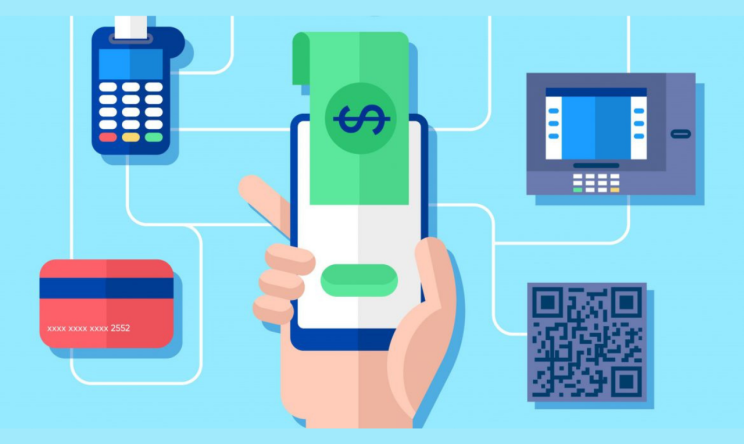 April 1, 2020
April 1, 2020
Why alternative payment methods are no longer an optional extra
When it comes to method of payment, consumers are now in charge
Turn back time to 2009, and consumers were relatively accepting of merchants who required them to pay in a set way – whether that be cash, card or cheque. Fast forward to 2019 however, and consumers are used to enjoying multiple options to take their pick from. This even applies to non-commercial organisations, such as schools, which can now tap into numerous online solutions, including offering instalment plans for trips and providing PayPoint cards for meals; they even send automated payment alerts by text and email. All of which goes to show that payment methods have moved on, and the consumer is now firmly in the driving seat.
Alternative payment methods – What are they?
An alternative payment method (APM) (also referred to as a local payment method [LPM]), is a payment made by a non-traditional method – like PayPal or Visa Checkout.
Day by day, APMs are getting more and more sophisticated, with consumers now treated to options including digital wallets, biometrics and online banking, which are becoming the new standard.
At Cardstream we now offer more than 50 APMs, with more soon set to emerge on the horizon.
“By the end of 2022 47.4% of all online transactions will be made using alternative payment methods”
APMs provide three things that consumers crave for in this busy, fast-paced world – speed, security and convenience. When they find themselves on a website where they’ve done business before, they can be more confident in making a purchase via their regular payment method, and the avoidance of tapping in an email address, home address and card details (and having to hunt them down) is always appreciated.
International differences in payment preferences
Countries and continents around the world have greatly differing payment preferences. In 2014, 77% of the UK paid by Visa or Mastercard, while across the channel in France, 82% paid by credit card. Further into the mainland of Europe is the Netherlands, where 55% paid by IDEAL (the country’s online payment system).
Given these differences and the pace of technological development, it’s critical that we keep up with the latest changes if we’re to offer the LPMs that consumers expect at any given point in time.
“50% of shoppers cancel their purchases and abandon checkout if their preferred payment method is not available”.
Three steps to mastering method of payment for your customers
How well do you know your customers and their paying habits? Does direct debit work for them? What are the opinions on mobile technology? And what are they switching to from cash?
There were 4.2 billion payments made by Direct Debit in 2017, with an overall value of £1,305 billion. Cash represented 34% of all payments in 2017, but is predicted to fall to 16% by 2027.
76% of consumers say retailers that use mobile technology — in the form of both self-service mobile tools and mobile tools used by sales associates — provide a faster shopping experience, an increase from 67% in 2017.
Other options that you may not even have thought of include ‘try before you buy’ (which is increasingly popular with clothing companies); instant finance and installation payments.
Most online shoppers around the world pay by eWallets (36%),followed by credit cards in second place (23%) and debit cards in third (12%).
All in all, the more payment options you can offer, the more of your shoppers you’ll keep satisfied (and the fewer will abandon their purchase).
Providing quick, convenient and versatile payment options at the checkout shouldn’t prove painful on your part to set up. Cardstream makes set up fast and easy, even when picking the more innovative of APMs.